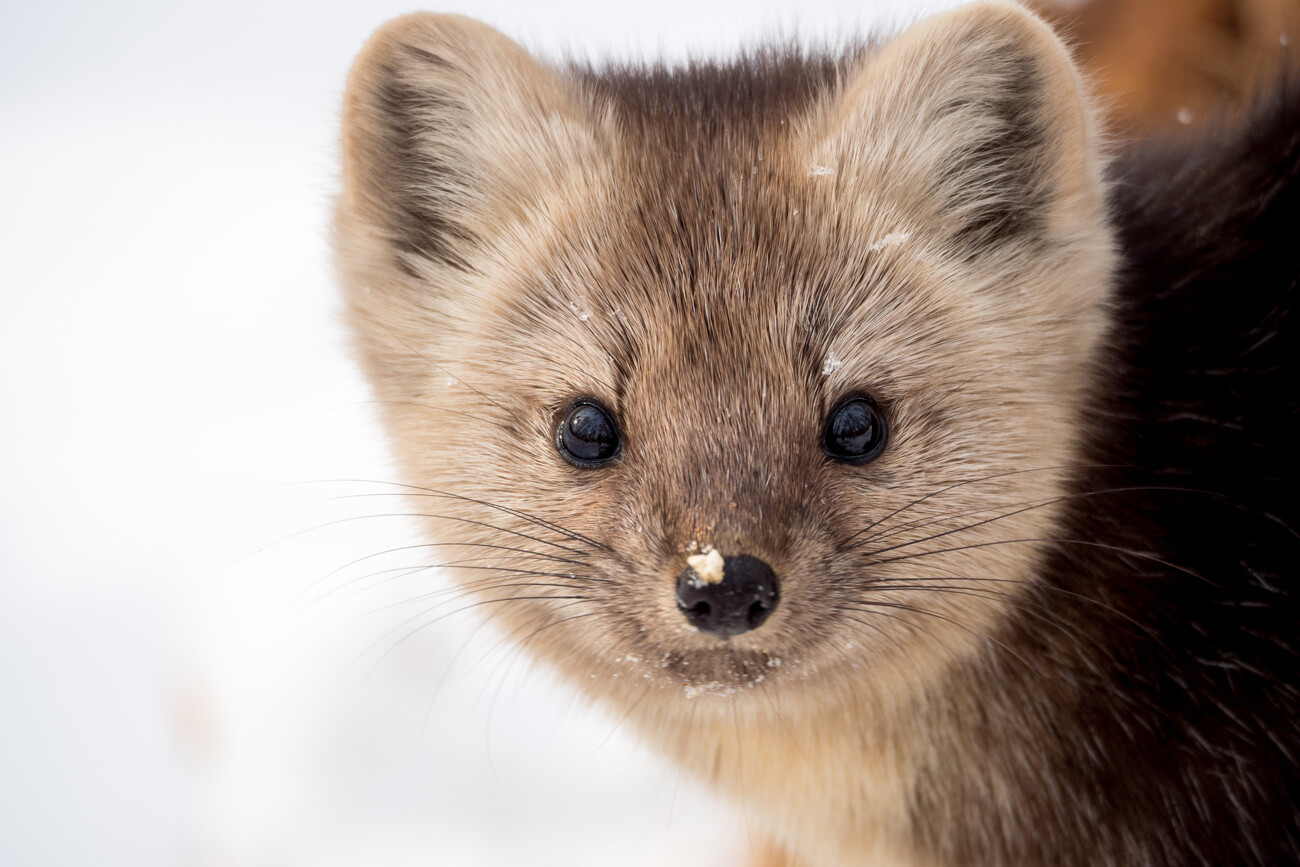Lake Baikal's AMAZING Barguzin Nature Reserve in PHOTOS

1. Russia’s oldest nature reserve
 Sunrise in Sosnovka Bay.
Sunrise in Sosnovka Bay.
The Barguzin Nature Reserve is the first in Russia. It was founded on January 11, 1917, in Buryatia and includes the northeastern coast of Lake Baikal. Since 1986, it has been included in the list of UNESCO Biosphere Reserves. Now, on January 11, in general, Russia celebrates the Day of Natural Reserves and National Parks.

This reserve was created to protect and restore the population of the Barguzin sable, one of the most beautiful (and, therefore, valuable for hunters) species of marten in the country. Originally, it was called the ‘Barguzin Sable Reserve’.
 Barguzin sable enjoys the winter.
Barguzin sable enjoys the winter.
For centuries, fur was one of the main export businesses of the Russian Empire and Barguzin sable was considered the most expensive among these species. Winters in Baikal are very cold, but dry and sunny and, therefore, their fur is incredibly thick and durable. The peculiarity of the Barguzin sable is its “white” fluff and small size: an adult looks like a kitten.
As a result, by the beginning of the 20th century, the once numerous taiga predator had practically disappeared. There were less than 40 sables in total in these forests at that time, but, today, their number has grown to 800-1,200.
2. The Home of the Sable
 Barguzin sable.
Barguzin sable.
In the village of Davsha, on the shore of Lake Baikal, there is a museum called ‘The House of the Sable’. “Here, people are guests of the sable, not the other way around,” is what it says on the museum stands.
Although the Barguzin sable population had been restored by the 1930s, it’s still forbidden to hunt them. Usually, sables avoid people as all wild animals. But, in the Barguzin Nature Reserve, inspectors often notice sables in cordons: they come to their lodges, take food and can even climb on their hands. More surprisingly, in the wild, sables divide their territory (no more than 4 animals per 1 square kilometer), but, in cordons, several sables can be near each other at the same time, without causing a conflict.
 The Museum of Nature in Davsha.
The Museum of Nature in Davsha.
“On the one hand, a human shouldn’t interfere with natural processes, that is why the nature reserves were created, but the sables don’t come to people by chance. There are times of starvation,” writes wildlife photographer Arthur Murzakhanov.
Thus, in 2012, there were up to 7 sables at a time around Davsha in winter and the reserve employees fed all of them. But, in spring, the sables quietly went back to their territories.
3. Reptiles are rare
 A bear cub.
A bear cub.
Besides the sable, there are more than 40 animal species in the Barguzin Nature Reserve, including moose, the rarest musk deer, hares and bears, of course. There are also many omul, whitefish and pike in the waters of Baikal. But what you don’t see are reptiles. Only a couple of species of frogs and lizards, although it is possible that scientists have yet to study the “ichthyo” world of the reserve.
4. Lakes, lakes, lakes
 Sosnovka Bay.
Sosnovka Bay.
The Barguzin Nature Reserve includes about 3 km of the shoreline of Lake Baikal, the deepest lake in the world. But, in addition, there are more than 500 more large and small lakes.
 Barguzin Nature Reserve.
Barguzin Nature Reserve.
The most popular among visitors are the mountain lakes located in the valley of the Shumilikha River. This is the southernmost river of the reserve with a length of only 12 km, but, in its bed, there are many “steps” and branches, which form waterfalls and lakes. Many of them are surrounded by boulders and have unusual stone steps and shapes.
 A waterfall at the Shumilikha River.
A waterfall at the Shumilikha River.
5. Hot springs in the taiga
 Davshinka River.
Davshinka River.
In the cold foothills of the reserve, there are a variety of hot springs. Their water temperature ranges from 40°C to 65°C. The most famous (and equipped for tourists) thermal spring is located at the mouth of River Davsha. The water has fluoride and silicic acid, while the temperature is 41-43°C. There are also two baths in the bath house. Of course, like any other thermal spring, you can not stay in it for a long time.



